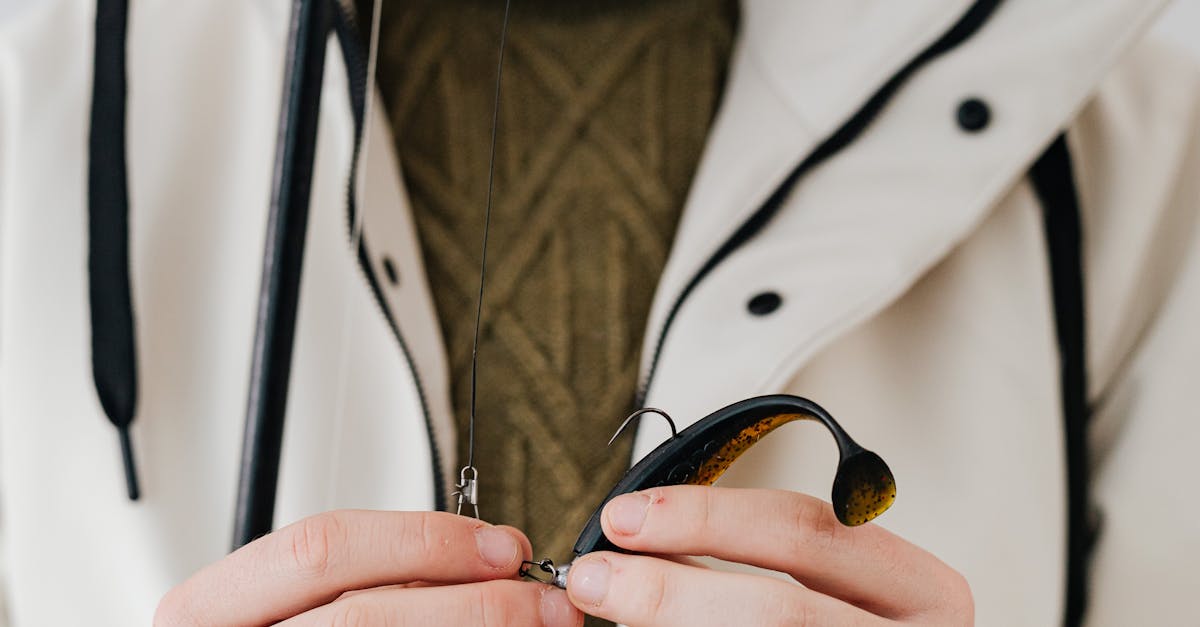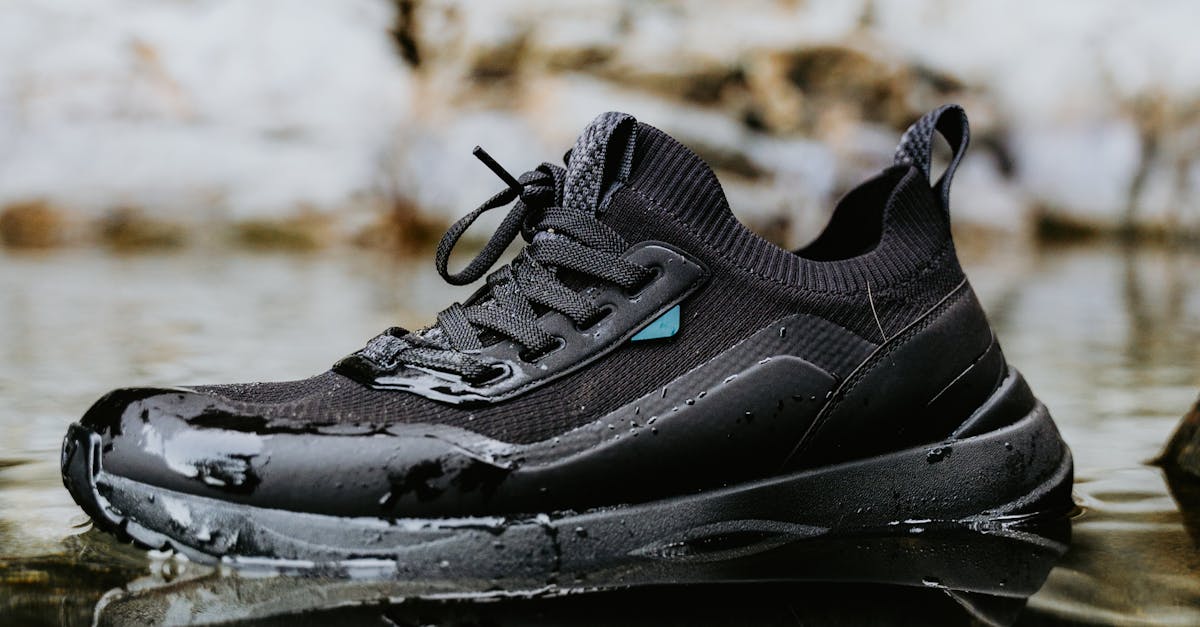
Fishing Rod Guides For Better Casting
- October 01, 2024
- 6 min Read
- Views 274
Fishing Rod Guides for Better Casting
Anglers all over the world are constantly searching for ways to optimize their fishing experience. One significant aspect of this quest is focusing on fishing rod guides for better casting. The guides on your fishing rod play a crucial role in determining how effectively you cast and retrieve. In this article, we will delve into the importance of fishing rod guides, their various types, and how they can make your casting more efficient and enjoyable.
The Importance of Fishing Rod Guides
Fishing rod guides are the small rings that run along the length of your rod. They are crucial in ensuring that your fishing line is guided evenly during casting and retrieval. Without these guides, the line would be prone to tangling and would experience more friction, reducing the distance and accuracy of your cast.
The primary function of guides is to reduce line friction and distribute the stress evenly along the rod. This helps in achieving optimal casting distance and accuracy. Additionally, guides contribute to the overall durability of the rod by preventing excessive wear and tear on the line and the rod itself.
Types of Fishing Rod Guides
Fishing rod guides come in various materials and designs, each offering unique benefits. Here are some common types of fishing rod guides:
Ceramic Guides
Ceramic guides are popular due to their smooth surface, which reduces friction and enhances casting distance. They are also resistant to corrosion, making them ideal for both freshwater and saltwater fishing. However, ceramic guides can be more brittle and prone to cracking compared to other materials.
Stainless Steel Guides
Stainless steel guides are known for their durability and resistance to corrosion. They are often used in saltwater fishing rods where durability is imperative. While they may not be as smooth as ceramic guides, they offer a good balance of performance and longevity.
Titanium Guides
Titanium guides are lightweight, robust, and corrosion-resistant. They offer excellent performance and help in reducing the overall weight of the rod, making casting easier. These high-performance guides tend to be more expensive but are favored by serious anglers who require the best in their equipment.
Performance-Centric Design
The design of fishing rod guides also impacts casting performance. Guides with higher frames and larger dimensions generally facilitate better line flow and longer casts. However, lower profile guides can offer greater control and sensitivity, which is beneficial for precision casting in specific scenarios.
How Fishing Rod Guides Enhance Casting
Upgrading to the right fishing rod guides can significantly improve your casting performance. Here are some ways in which fishing rod guides for better casting can enhance your fishing experience:
Reduced Line Friction
The smoother the guide, the less friction your line encounters when casting. This reduction in friction translates directly into longer and more accurate casts. Ceramic and titanium guides are particularly known for their ability to minimize friction and improve line flow.
Improved Line Control
Advanced guide designs help in better managing the line during a cast. High-quality guides ensure that the line flows smoothly without tangling or getting caught. This streamlined line flow is crucial for achieving accurate and controlled casts.
Durability and Strength
Robust guides ensure that your fishing rod remains in top condition even with regular use. Durable guides are able to withstand the stress and strain associated with frequent casting and retrieval. Optimal material selection like stainless steel and titanium extends the longevity of the guides and hence the fishing rod.
Guide Installation and Maintenance Tips
Proper installation and maintenance of fishing rod guides can dramatically improve their performance and lifespan. Here are some tips to help you get the most out of your fishing rod guides:
Guide Placement
When installing guides, ensure they are evenly spaced and aligned. Uneven or misaligned guides can create unwanted friction points, reducing casting distance and accuracy. Seek advice from professionals or follow manufacturer recommendations for optimal guide placement.
Regular Cleaning
Regular cleaning of your guides is essential, particularly if you fish in saltwater environments. Salt and debris can build up over time and degrade the performance of the guides. Use fresh water and a soft cloth to wipe down the guides after every fishing trip.
Inspect for Damage
Periodically inspect your guides for any signs of wear or damage. Look for cracks, chips, or deformation that might affect their performance. Promptly replace any damaged guides to ensure your rod remains in peak casting condition.
Guide Steps for Optimizing Fishing Rod Guides for Better Casting
Follow these steps to ensure your fishing rod guides are optimized for the best casting performance:
- Select the Right Guides: Choose guides made from materials suited to your fishing environment (ceramic for smoothness, stainless steel for durability, titanium for lightweight performance).
- Proper Guide Placement: Ensure guides are evenly spaced and correctly aligned. This helps in preventing friction and ensures a smooth line flow.
- Regular Maintenance: Clean your guides after every fishing trip, especially if you fish in saltwater. Use fresh water and a soft cloth to remove any salt or debris.
- Inspect for Damage: Regularly check your guides for any cracks, chips, or deformation. Replace damaged guides immediately to maintain optimal performance.
- Optimize Line and Rod Compatibility: Ensure your fishing line is compatible with the guides. Using the right combination can significantly enhance casting distance and accuracy.
Frequently Asked Questions (FAQ)
What are the best materials for fishing rod guides?
Ceramic, stainless steel, and titanium are considered some of the best materials for fishing rod guides. Ceramic guides offer smoothness, stainless steel provides durability, and titanium combines lightweight and corrosion resistance.
How do I maintain my fishing rod guides?
Clean your guides after every fishing trip with fresh water and a soft cloth. Regularly inspect for damage and replace any broken or worn-out guides to maintain optimal performance.
Can I replace the guides on my fishing rod myself?
Yes, you can replace the guides on your fishing rod. Ensure you follow proper guide placement and alignment techniques. If unsure, seek advice from professionals or follow manufacturer guidelines.
How do fishing rod guides improve casting performance?
Fishing rod guides reduce line friction, improve line control, and distribute stress evenly along the rod. High-quality guides ensure smoother casts, better accuracy, and enhanced durability of the rod.
Tags
Fishing, Fishing Rods, Fishing Gear, Fishing Tips, Rod Guides, Casting Techniques, Fishing Equipment
References
People Also View
-
1October 03, 2024
-
2October 09, 2024
-
3October 02, 2024
-
4October 01, 2024
-
5October 14, 2024
Categories
- Near Me 2147 Posts
- How To 548 Posts
- Where To 257 Posts
- Why 90 Posts
- How Much 97 Posts
- Travel 202 Posts
- Food And Drink 815 Posts
- Shopping 797 Posts
- Lifestyle 1050 Posts
- Automotive 364 Posts
- Digital Income 70 Posts








